'When it was first announced by Mercedes-Benz, the production 300SL Coupé was a startling car built to the German concern's customarily startling standards, but above all what left the general public most open-mouthed about the new car was its upward-opening Gullwing doors...!' - Motors, 1963. Mercedes-Benz returned to post-war competition in 1952, fielding two of its new 300SL (W194) sports cars in the Mille Miglia. The pair finishing a creditable 2nd and 4th overall in this most difficult of events and this promising start was followed up by a win in the challenging Carrera Panamericana. The works first raced the 300SL (Sport Leicht) in open form, but for the Le Mans 24-Hour Race in June a trio of 'gullwing'-doored coupés was entered. High sills were a feature of the multi-tubular spaceframe chassis, and while access was not a problem of the open car, the coupé bodywork required innovative thinking - hence the gullwing doors. Karl Kling and Hans Klenk duly brought their 'Silver Arrow' home in first place and the 300SL was on its way to becoming part of motor sporting legend. Launched in 1954, the production 300SL retained the spaceframe chassis and lightweight aluminium-alloy bodywork of the W194 racer while its mechanical underpinnings, like the latter's, owed much to the contemporary Mercedes-Benz 300 luxury saloon. A 2,996cc overhead-camshaft inline six, the 300SL's engine was canted at 45 degrees to achieve a low bonnet line and produced 215bhp (DIN) at 5,800rpm using Bosch mechanical fuel injection. A four-speed, all-synchromesh manual gearbox transmitted power to the hypoid bevel rear axle. Suspension was independent all round: by wishbones and coil springs at the front, with swing axles and coil springs at the rear. A production 300SL (W198) was tested by Road & Track magazine in 1955, accelerating from 0-60mph in 7.4 seconds on its way to a top speed of 140mph. Half expecting the long-awaited 300SL to provide an anti-climax, R&T were delighted to find the new car, 'far beyond our wildest expectations. In fact, we can state unequivocally that in our opinion the 300SL coupé is the ultimate in an all-round sportscar. It combines more desirable features in one streamlined package than we ever imagined or hoped would be possible. Performance? It accelerates from a dead start to 100mph in just over 17 seconds. Dual purpose? A production model 300SL can make a very acceptable showing in any type of sportscar competition. Yet the car is extremely tractable and easy to drive in traffic. Comfort? The fully enclosed 300SL is the most comfortable (and safe) high-speed 'cross-country' car built today.' A 300SL roadster featuring conventional doors was first exhibited at the Geneva Salon in May 1957 and, although built in greater numbers, has never matched the immortal Gullwing for desirability. Its racing parentage notwithstanding, the 300SL remains a thoroughly practical car, as civilised in city traffic as it is exhilarating on the autostrada. By the time 300SL Coupé production ceased in 1957, some 1,400 examples had found customers. Today the model is both rare and most sought after by connoisseurs of fine automobiles. This magnificent Mercedes-Benz 300SL Gullwing is one of just 59 delivered to the UK where they were eagerly snapped up by members of the country's motoring elite such as Rob Walker (F1 team owner), David Brown (Aston Martin proprietor), Earl Howe (BRDC president), King Hussein of Jordan (studying in Britain), R S Wilkins (financier and Brooklands racing driver), Harry Hyams (property magnate) and Daniel de Ferranti (entrepreneur and amateur racer). Chassis '00152' was ordered by a Mr V D Yates and supplied in April 1955 with the registration '2 DMY'. It is not known how long Mr Yates kept his 300SL but the car remained in England until the late 1980s when it was acquired by the immediately preceding owner, a German doctor. At that time Gullwing values were rising rapidly and the owner decided to embark upon a no
'When it was first announced by Mercedes-Benz, the production 300SL Coupé was a startling car built to the German concern's customarily startling standards, but above all what left the general public most open-mouthed about the new car was its upward-opening Gullwing doors...!' - Motors, 1963. Mercedes-Benz returned to post-war competition in 1952, fielding two of its new 300SL (W194) sports cars in the Mille Miglia. The pair finishing a creditable 2nd and 4th overall in this most difficult of events and this promising start was followed up by a win in the challenging Carrera Panamericana. The works first raced the 300SL (Sport Leicht) in open form, but for the Le Mans 24-Hour Race in June a trio of 'gullwing'-doored coupés was entered. High sills were a feature of the multi-tubular spaceframe chassis, and while access was not a problem of the open car, the coupé bodywork required innovative thinking - hence the gullwing doors. Karl Kling and Hans Klenk duly brought their 'Silver Arrow' home in first place and the 300SL was on its way to becoming part of motor sporting legend. Launched in 1954, the production 300SL retained the spaceframe chassis and lightweight aluminium-alloy bodywork of the W194 racer while its mechanical underpinnings, like the latter's, owed much to the contemporary Mercedes-Benz 300 luxury saloon. A 2,996cc overhead-camshaft inline six, the 300SL's engine was canted at 45 degrees to achieve a low bonnet line and produced 215bhp (DIN) at 5,800rpm using Bosch mechanical fuel injection. A four-speed, all-synchromesh manual gearbox transmitted power to the hypoid bevel rear axle. Suspension was independent all round: by wishbones and coil springs at the front, with swing axles and coil springs at the rear. A production 300SL (W198) was tested by Road & Track magazine in 1955, accelerating from 0-60mph in 7.4 seconds on its way to a top speed of 140mph. Half expecting the long-awaited 300SL to provide an anti-climax, R&T were delighted to find the new car, 'far beyond our wildest expectations. In fact, we can state unequivocally that in our opinion the 300SL coupé is the ultimate in an all-round sportscar. It combines more desirable features in one streamlined package than we ever imagined or hoped would be possible. Performance? It accelerates from a dead start to 100mph in just over 17 seconds. Dual purpose? A production model 300SL can make a very acceptable showing in any type of sportscar competition. Yet the car is extremely tractable and easy to drive in traffic. Comfort? The fully enclosed 300SL is the most comfortable (and safe) high-speed 'cross-country' car built today.' A 300SL roadster featuring conventional doors was first exhibited at the Geneva Salon in May 1957 and, although built in greater numbers, has never matched the immortal Gullwing for desirability. Its racing parentage notwithstanding, the 300SL remains a thoroughly practical car, as civilised in city traffic as it is exhilarating on the autostrada. By the time 300SL Coupé production ceased in 1957, some 1,400 examples had found customers. Today the model is both rare and most sought after by connoisseurs of fine automobiles. This magnificent Mercedes-Benz 300SL Gullwing is one of just 59 delivered to the UK where they were eagerly snapped up by members of the country's motoring elite such as Rob Walker (F1 team owner), David Brown (Aston Martin proprietor), Earl Howe (BRDC president), King Hussein of Jordan (studying in Britain), R S Wilkins (financier and Brooklands racing driver), Harry Hyams (property magnate) and Daniel de Ferranti (entrepreneur and amateur racer). Chassis '00152' was ordered by a Mr V D Yates and supplied in April 1955 with the registration '2 DMY'. It is not known how long Mr Yates kept his 300SL but the car remained in England until the late 1980s when it was acquired by the immediately preceding owner, a German doctor. At that time Gullwing values were rising rapidly and the owner decided to embark upon a no

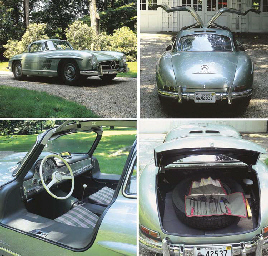
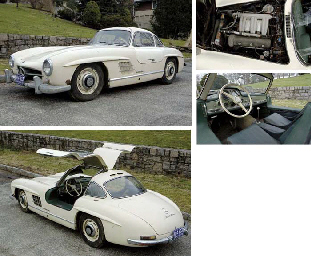



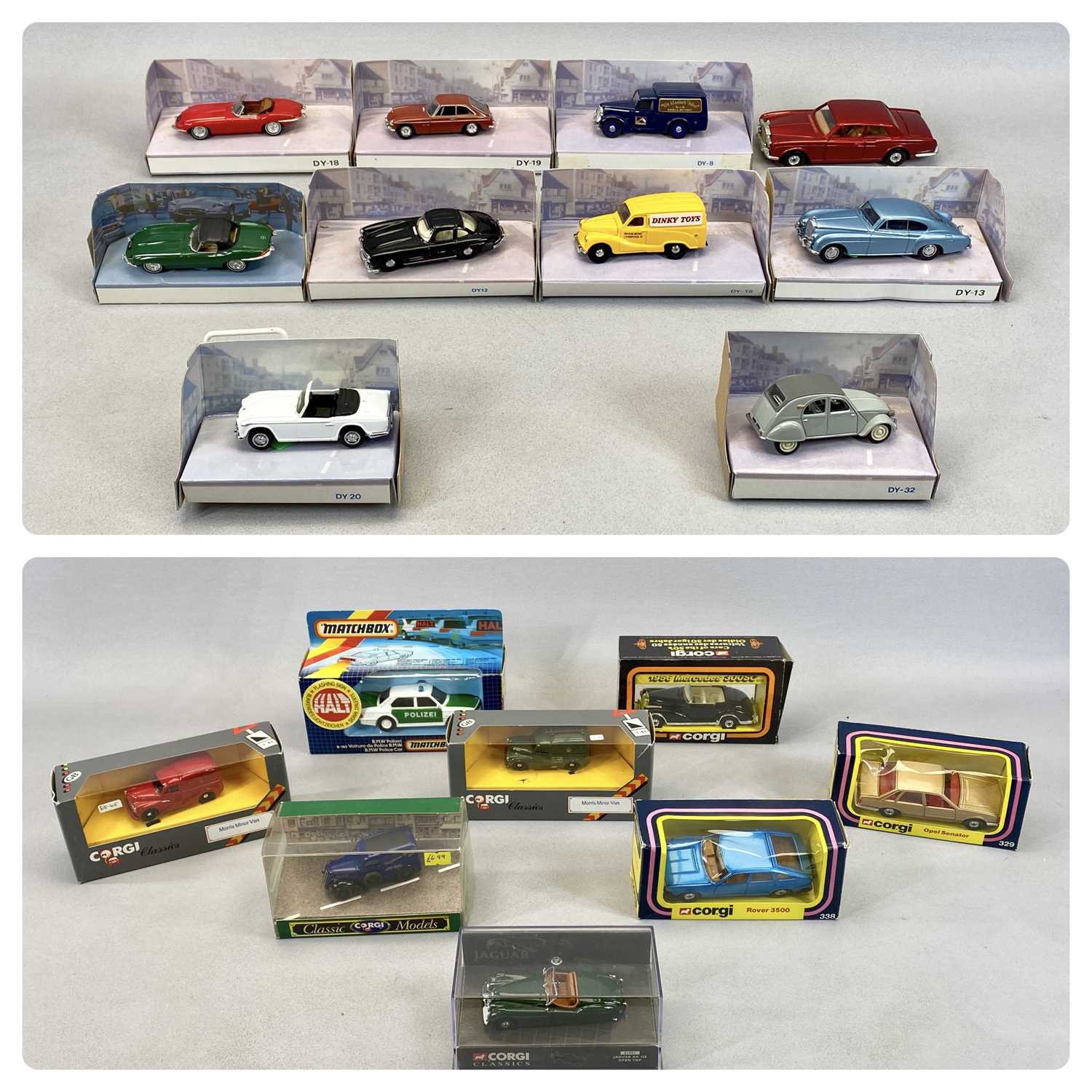
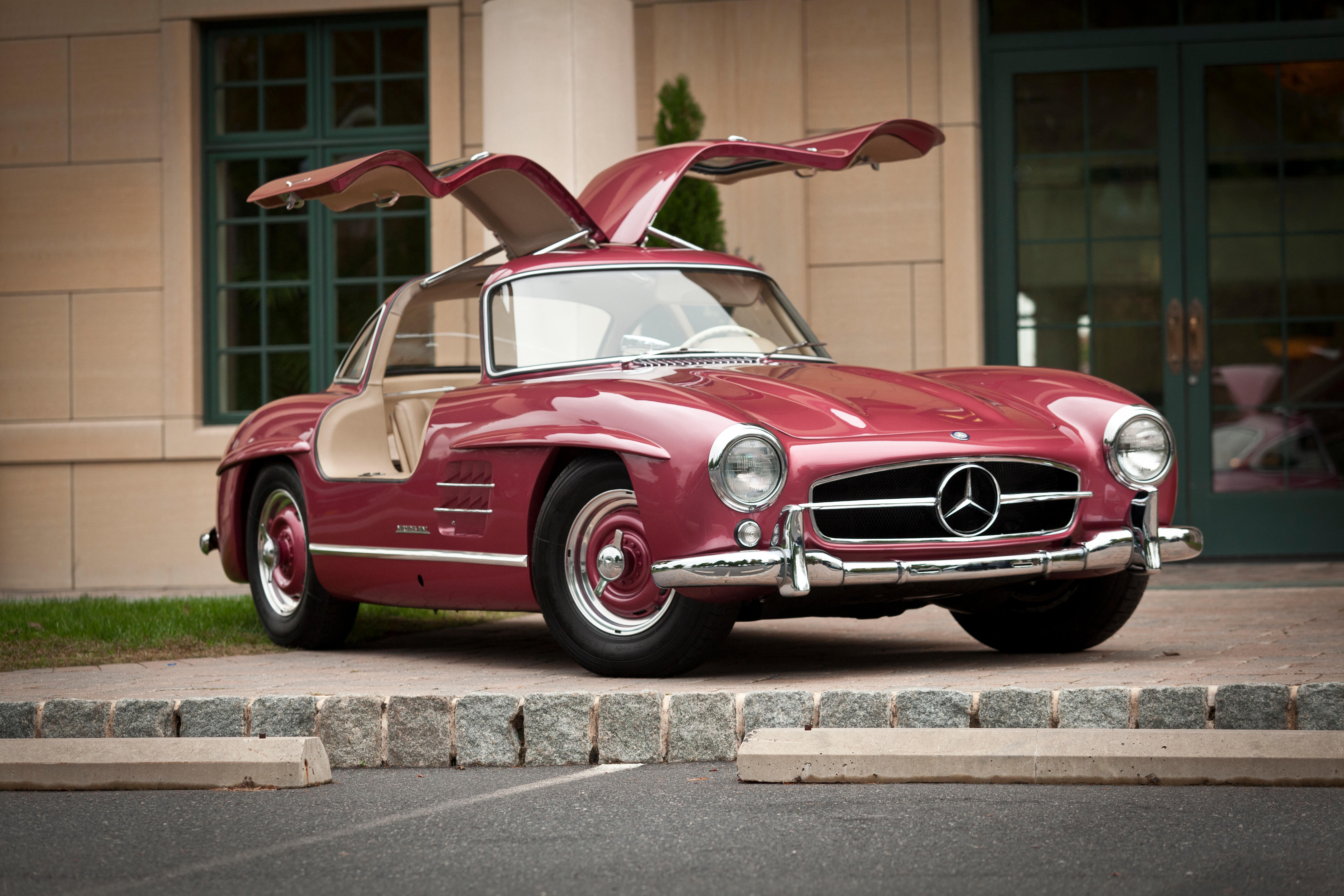
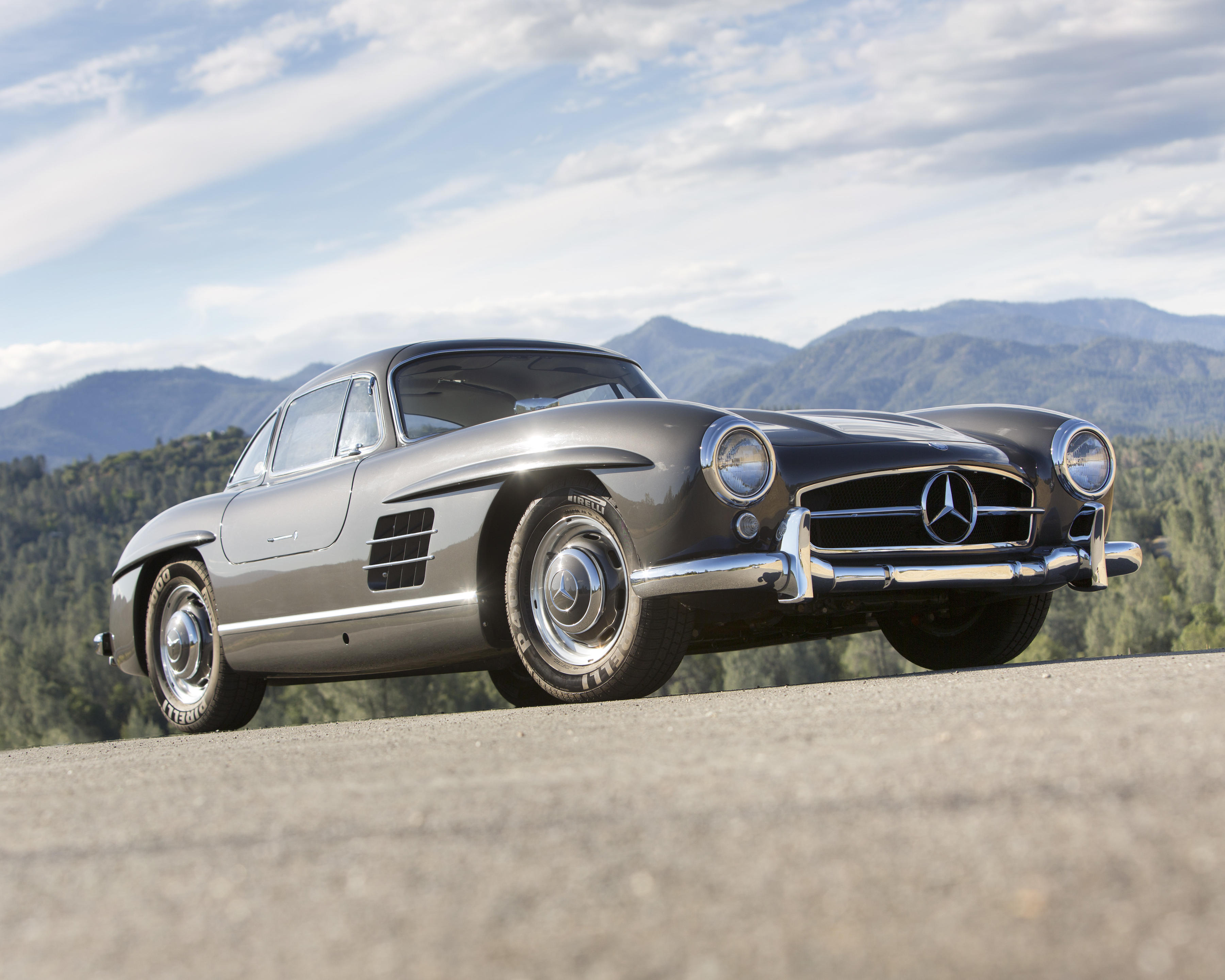
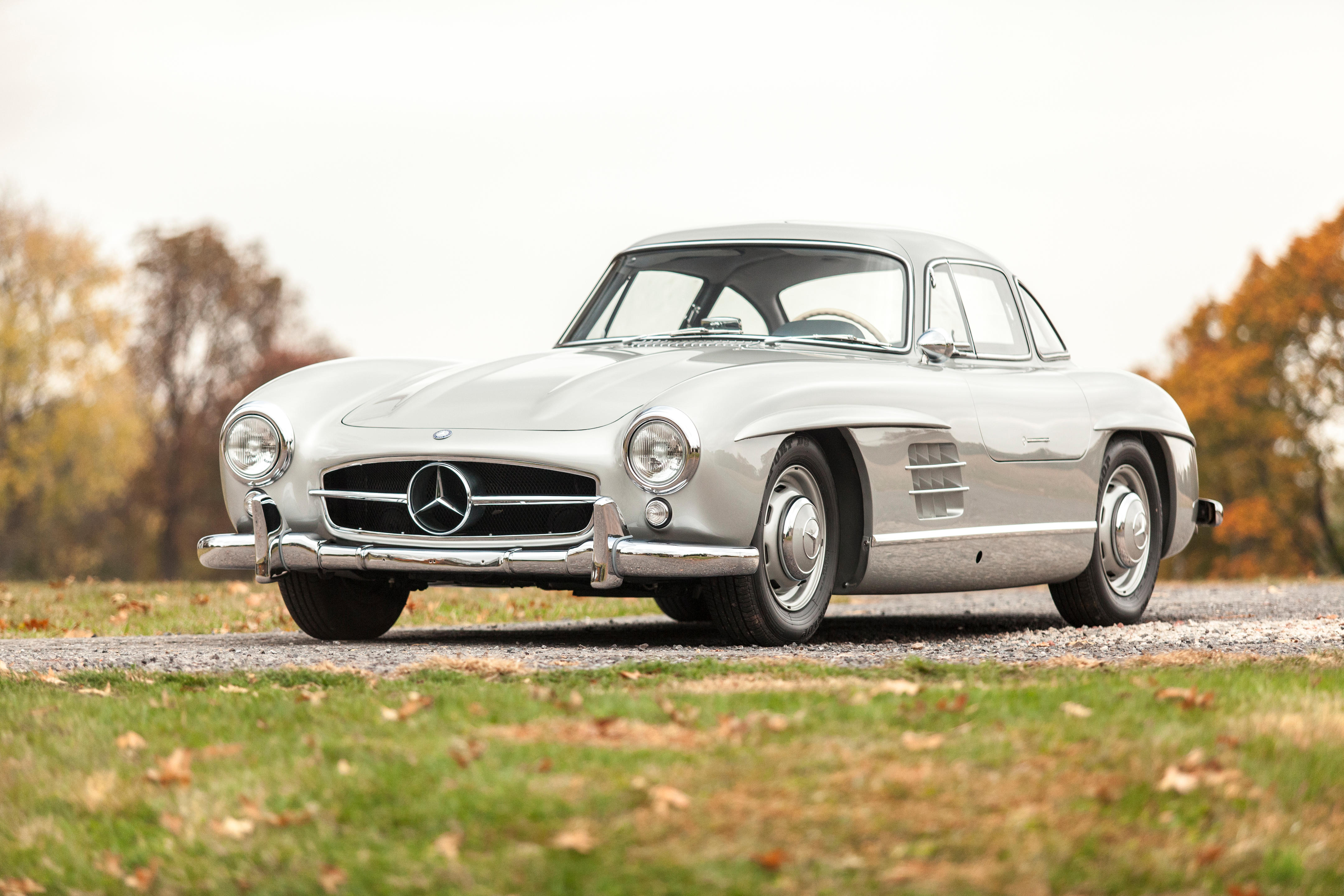
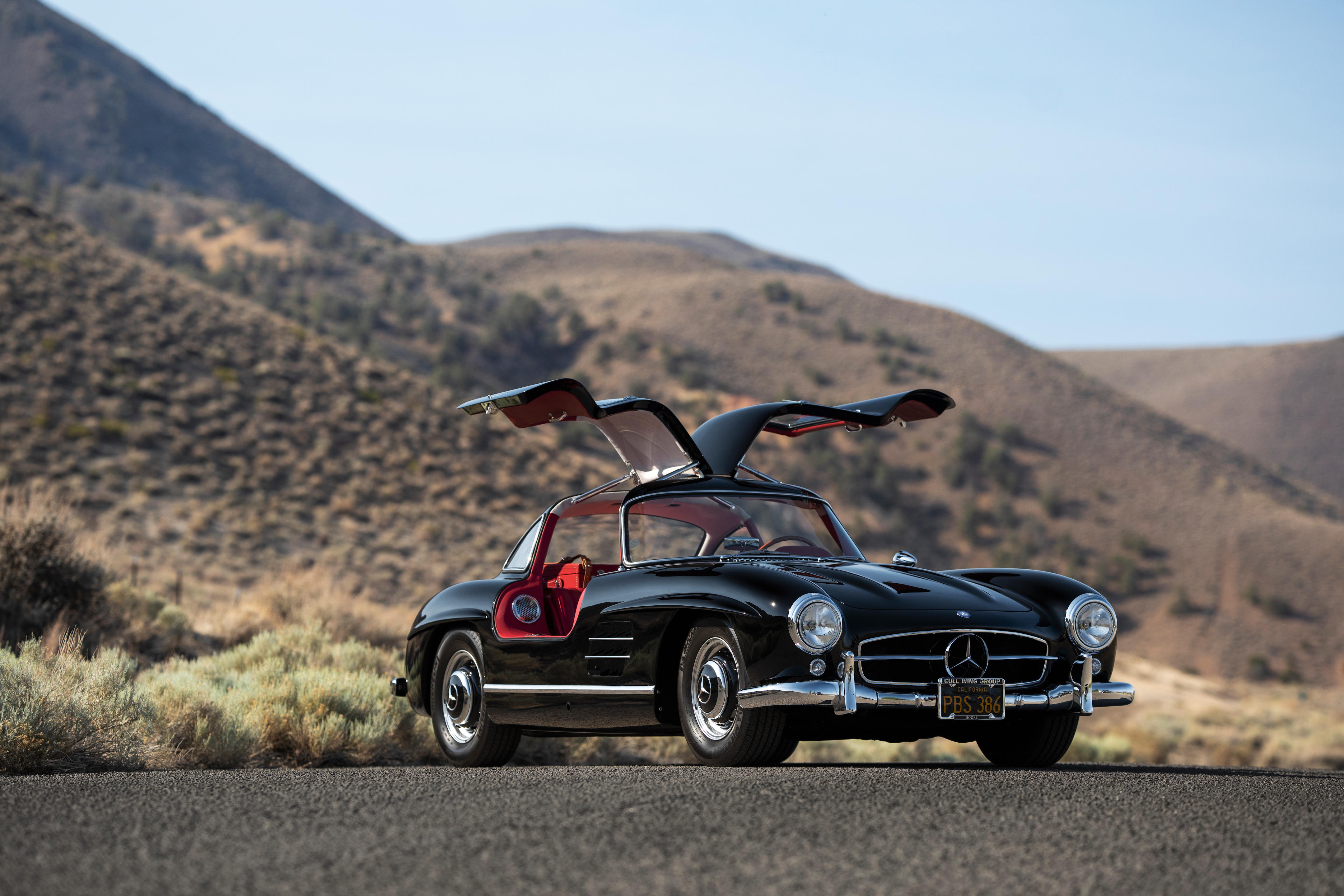
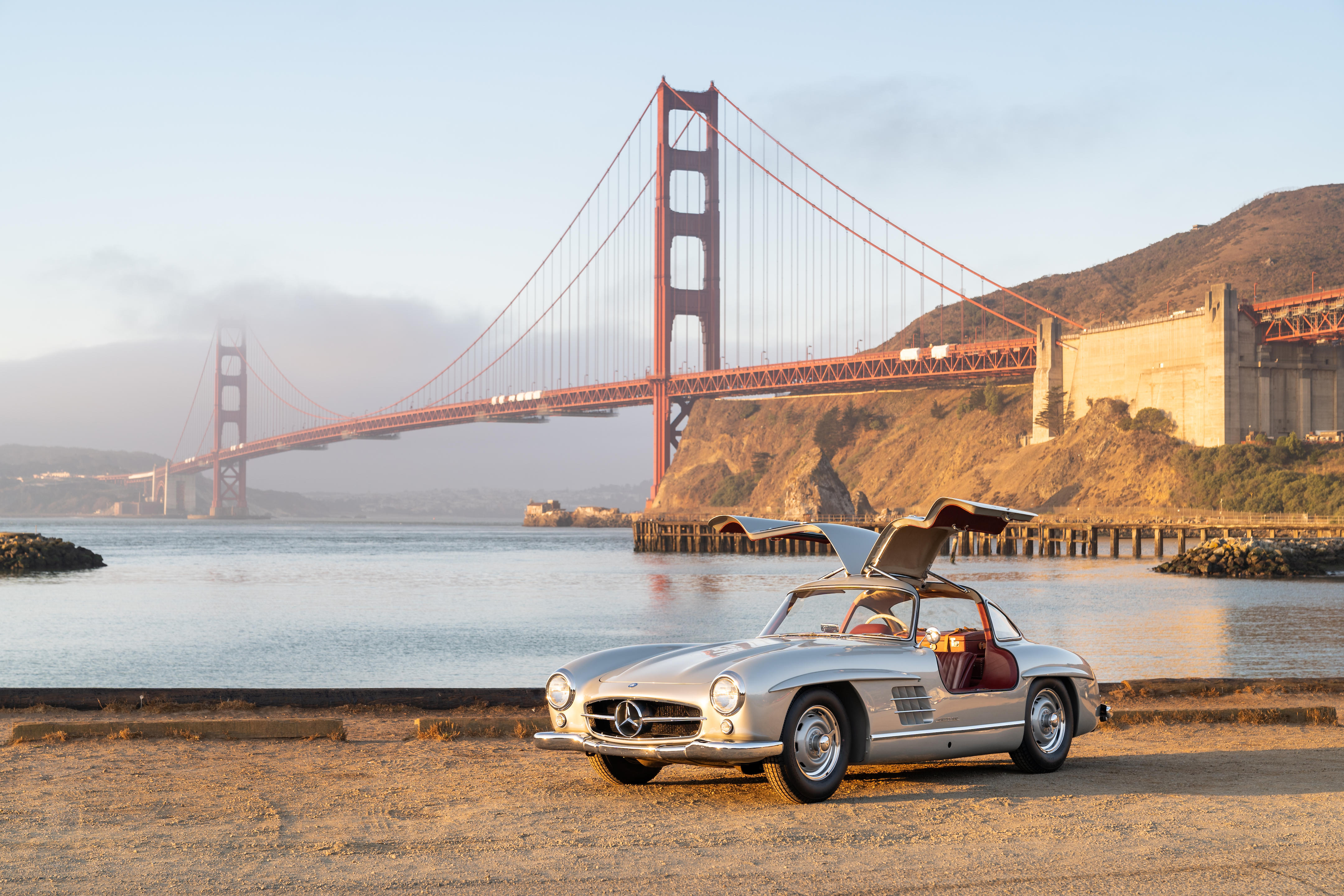
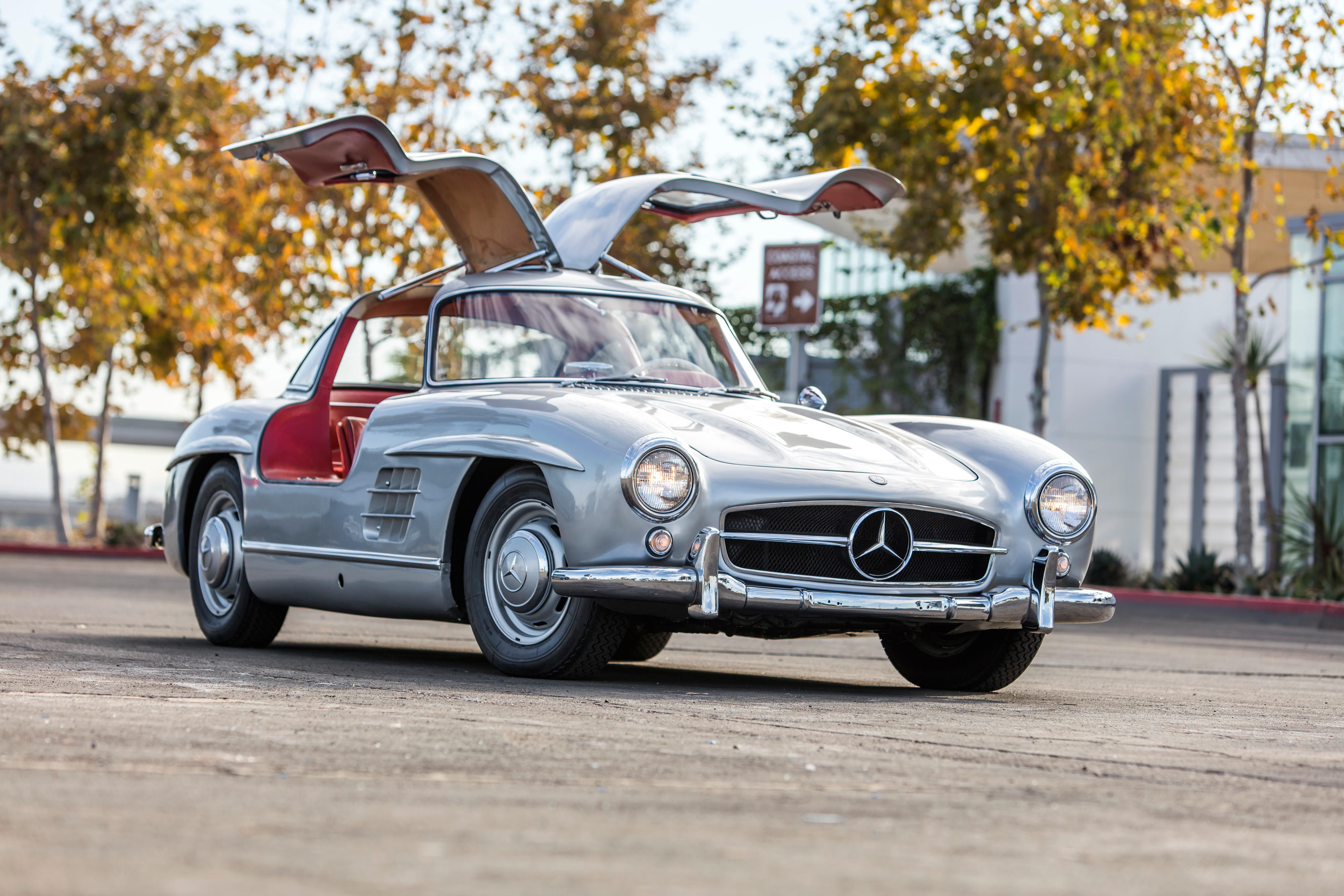
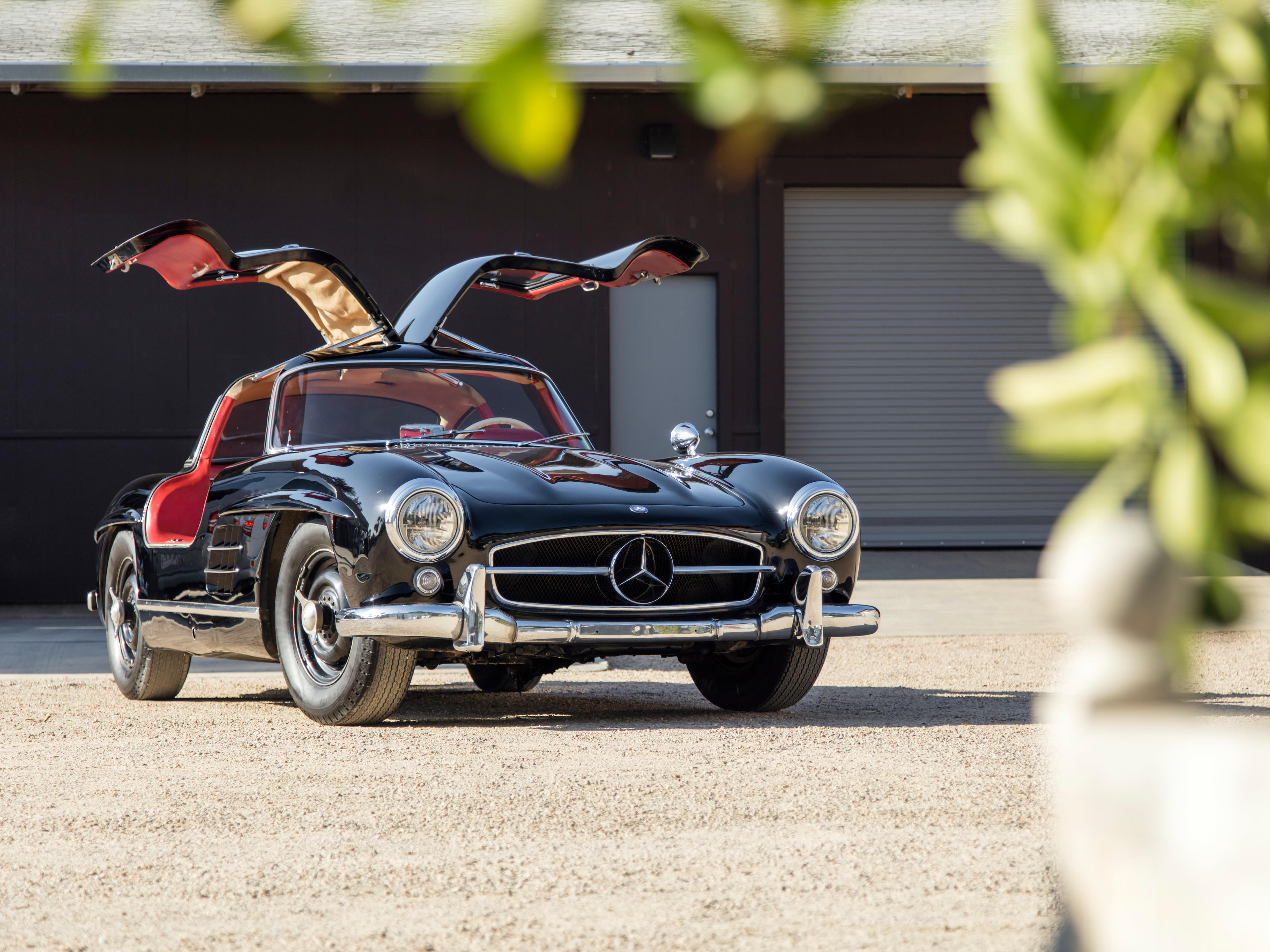

Testen Sie LotSearch und seine Premium-Features 7 Tage - ohne Kosten!
Lassen Sie sich automatisch über neue Objekte in kommenden Auktionen benachrichtigen.
Suchauftrag anlegen